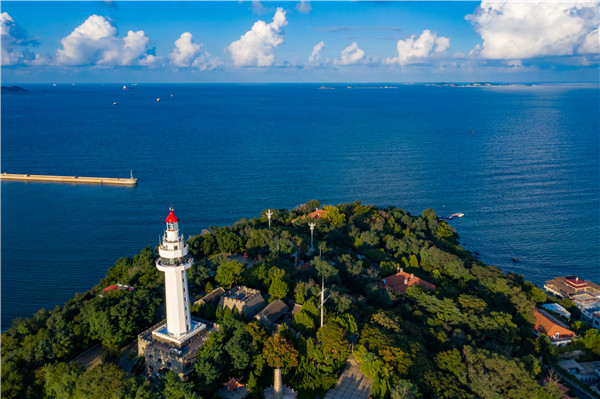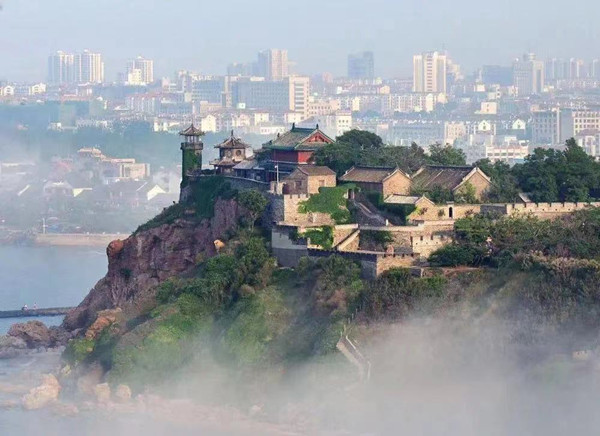Your are Here : Home > About Yantai >Overview
Yantai: An overview
Updated : 2024-06-12
(chinadaily.com.cn)

The coastal city of Yantai in East China's Shandong province has a long history rooted in ancient Chinese culture. [Photo/IC]
History:
The coastal city of Yantai in East China's Shandong province has a long history rooted in ancient Chinese culture. As early as the late Pleistocene Epoch (about 10,000 years ago), there were human beings living here. About 7,000 years ago, the white stone culture of the Neolithic Age was born here.
The earliest prototype of Yantai city was recorded during the Ming Dynasty (1368-1644). In 1398, the Ming government set up the Qishan Garrison in Yantai in order to strengthen its coastal defense.
After the Treaty of Tianjin was signed in 1858, during the Qing Dynasty (1644-1911), Yantai became one of the ports that were opened to foreign trade. In 1861, Yantai got its current name, and during the following years, the United Kingdom, France, the United States and other 17 countries set up consulates here.
After the People's Republic of China was founded in 1949, the central government established the Wendeng and Laiyang special zones and put Yantai city under the jurisdiction of Shandong province. In 1958, the Yantai Special Zone was established, and in 1983, the prefecture-level city of Yantai was set up.
Physical geography

Panglai district in Yantai, Shandong province is home to charming coastal views, fresh seafood, and rustic scenery. [Photo provided to chinadaily.com.cn]
Yantai, situated in the eastern part of the Shandong Peninsula, lies along the Yellow and Bohai seas. The city borders the Liaodong Peninsula, and is across the sea from Japan and South Korea.
The topography of Yantai is mainly hilly with gradual slopes, and the highest mountain in the city is Kunyu Mountain, which has an altitude of 922.8 meters above sea level.
Yantai has numerous rivers within its territory, and seven of them have a drainage area of over 1,000 square kilometers. The city also has a coastline of 1,071 kilometers, and boasts 230 offshore islands.
Natural resources

The coastal city of Yantai in East China's Shandong province boasts beautiful beach scenery and tasty seafood. [Photo/WeChat account: ytwlgw]
Yantai is rich in seafood, such as sea cucumbers and prawns. A total of 58 products, such as large Yantai cherries, have won national geographic indication certification trademarks, and nine products, including Yantai wine, have been recognized as national geographical indication protection products.
The city is also rich in underground mineral resources. Sixty-nine kinds of minerals have been found across the city, and its reserves of gold, magnesite, molybdenum and talc rank first, second, fourth and fifth in the country, respectively.
Administrative divisions and population
Yantai has jurisdiction over five districts, and six county-level cities. It also boasts one national economic and technological development zone, one high-tech industrial development zone, and one comprehensive bonded zone. Its highlighted natural locations include the Kunyu Mountain Nature Reserve, and the Changdao Marine Ecological Civilization Comprehensive Pilot Zone.
The total area of the city is 13,930.1 sq km, of which 3,975.5 sq km is urban area. As of the end of 2023, the permanent resident population of Yantai exceeded 7.03 million.

